
Faculty Members: Dr. Nirmala Shenoy and Prof. Bruce Hartpence
Cisco Champion: Rafael Mantilla, Montalvo. Ph. D.
ITS Technical Support: Andrew Elble
Period of activity: Winter Quarter 2003.
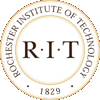
Framework for Seamless Roaming, Handoff and QoS Mapping in Next Generation Wireless Networks - PHASE II
------------------------------------------------------------------------------------------------------------------------

|
Faculty Members: Dr. Nirmala Shenoy and Prof. Bruce Hartpence Cisco Champion: Rafael Mantilla, Montalvo. Ph. D. ITS Technical Support: Andrew Elble Period of activity: Winter Quarter 2003. |

|
-------------------------------------------------------------------------------------------------------------------------
General
The framework to be implemented across different types of wireless networks
is shown below.
The framework is like an overlay network and distributed across the wireless networks and core network. The core network being targeted is an IPv6 network. The wireless networks of focus for this project are cellular networks and WLANs. This project was initiated with seed money from the Lab for Applied Computing at RIT and is currently being funded by the Cisco University Research Program Grant.
The work is being carried out partly as a simulation study and partly over a testbed set up at the Lab for Applied Computing. The simulation studies use the framework shown above to study the implementation issues and feasibility of the framework while roaming from cellular to cellular network and also while roaming from cellular to WLANs. The tool used for simulation studies is Opnet.
The other part of the work involves study of the framework in a test bed using MobileIPv4 and MobileIPv6 test beds based on Cisco Routers and Linux Routers.
Activities during Phase II
This is the team from Phase I that also worked in Phase II of the project
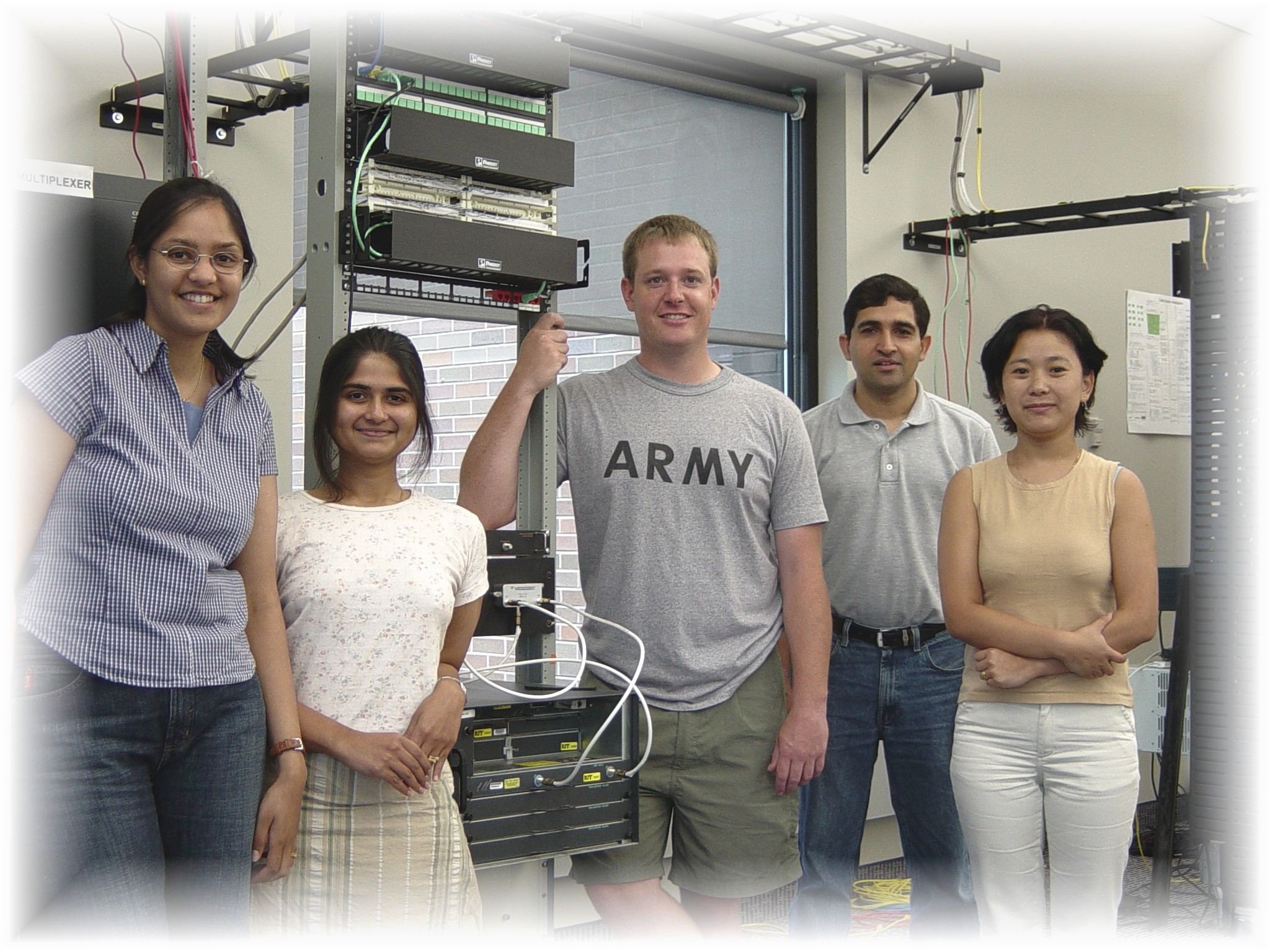
---------------------------------------------------------------------------------------------------------
This is the group that works on the test-bed
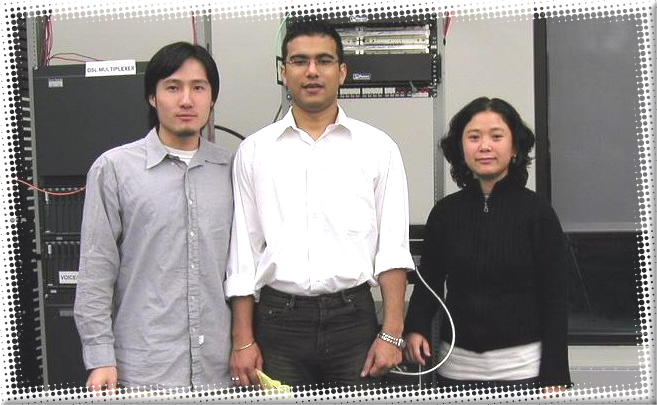
| Activity 1: A mobile station moving from a cellular network to another cellular network during an active data session. As of now a base model has been completed. The base model
consists of two cellular networks with GPRS overlay network with an actively
roaming mobile user. As mentioned before, a handoff mechanism as well
as a redirection process has been designed for successful transfer of
the mobile user data to the new cellular network. Once these mechanisms
were implemented, delays were incorporated into the model. Specifically,
the delays implemented were processing, database, store/retrieve, and
channel allocation delays. These delays were placed at pertinent nodes
in the model to achieve a more realistic scenario. Once the delays were
implemented, validation of the model was performed. Following the validation,
the model was tested for several scenarios. The scenarios were based on
varying the processing and database job arrival rates at the various nodes
in the networks. The effect of the varying arrival rates was observed
on the two overall delays that were being studied. The two overall delays
of interest are the delays encountered by the mobile user as a result
of handoff and redirection of packets. The base model is intended as a
stepping stone to further research on more efficient handoff and redirection
mechanisms between the cellular networks. With that in mind, the base
model has been modified to create two other models namely, early queue
release and bicasting models. The early queue release model is a variation
specifically at the redirection process allowing packets destined for
the new network to be transferred with lesser delays than the base model.
The bicasting model is a variation that uses an IP tethering point to
act as a crossover point and transmit identical packets to both cellular
networks during the handoff process enabling the mobile user to receive
data packets as soon as a handoff has been accomplished. These models
will be validated and tested to obtain results. |
Nithya Ganesh |
---------------------------------------------------------------------------------------------------------
Dinika Joshi |
Activity 2: Roaming from Cellular to WLAN The 'data session' sequence in a cellular network is very different from that in the WLAN. In a cellular network, the mobile station (MS) will first attach to the network, then activate, and once activated the MS will start the data session. At the end of a data session or when the MS wants to end the data session, the MS first deactivates with the network and then detaches from the network. In the WLAN, the MS first authenticates with the Access Point (AP) and then associates with the AP. Once the MS is associated with the AP, it starts its data session with the WLAN at any time. However, this authentication of the MS with the AP is a layer 2 authentication. When we are considering the roaming of the MS from the cellular network into the WLAN, it is important to consider user authentication of the MS with the home network of the MS. So the concept of "Profile Server" was introduced in the WLAN. A node acting as a "Profile Server" along with an AAA server was used in the WLAN into which the mobile node roamed. So, before the MS is allowed to start a data session with the WLAN, the AAA in the WLAN authenticates the MS with the home network of the MS and downloads its profile. Also, it was important to develop a multi-mode MS that can communicate with a cellular network and a WLAN by switching frequencies and operational modes. Once the handoff and redirection
mechanisms were implemented in the model, delays at the various nodes
were introduced. The delays implemented were:
The Encapsulation and Decapsulation delays were assumed to have fixed values. The two delays of interest for the mobility management studies are the:
The handoff delay and the data redirection delay were
calculated manually as well as through the simulation results for validation
purposes. For the validation, the actual simulation time at every event
in the handoff and redirection process was taken and was compared to the
manually estimated time according to the delays that were incorporated
in the model. |
---------------------------------------------------------------------------------------------------------
|
Activity 3 : MobileIPv4 Test Bed The following changes were made to the network topology since the last test phase. The Foreign Agent now resides on a server (Sun OS) instead of a router. We have also started to gather statistics with the Windows XP Birdstep client. In this report, we discuss in further detail the status of all issues covered. Below is the current status of the matrix. The highlighted portion will be discussed in more detail later in the report. We’ve gathered a variety of statistics for Experiments 1, 13, 25, to include total download time, redirection times, Mobile IP delays, various WLAN statistics, retransmissions, etc. As for the other experiments, we would change the topology to match the situation and then attempt a file transfer to test mobility success or failure. The matrix depicts this. We have been unable to complete experiments 11, 23, and 36 because of the inability to capture the TCP traffic due to WEP encryption. We currently have a request for information with LinkFerret support. Because we are nearing the end of the quarter, I suggest that we can move forward by taking statistics from the wired side and forgo the delays involved with the Layer 2 side. We are finding that these delays are minimal compared to Mobile IP registration and Redirection. Experiments 1, 13, 25 – Best Case Scenario – Open Authentication, No WEP, Same SSID and Channel. Experiments 11, 23 – Probable and Worst Case for Linux – Open Authentication, Same WEP, Different SSID and Channel. Experiment 36 – Probable and Worst Case for Windows – Shared Authentication, Different SSID, WEP and Channel. Results and Observation Below are results of Experiments 13 and 25. We conducted five tests of each, and then analyzed the data. Total – Total download time, in seconds, form SYN to
FIN. Experiment 13 Observations. Test 1 and 5 had long MIP Registration times. We believe this was caused by a lost WLAN packet. The request was made by the mobile node, although there was no matching packet on the wired side. This will affect the total delay greatly, because the Linux node waits until it hears another advertisement by the FA, every seven seconds in this experiment. Plus this happened twice out of five tests. Some other observations, total download time seems to not have a great effect on redirection time. Experiment 25 Observations. Birdstep Mobile IP registration time is minimal. Birdstep is more consistent, but still has a large variance. Again, total download time does not have a great effect on redirection time. We would like to conduct the same experiment with Birdstep under ideal conditions, tweaked. Maximize Birdstep’s settings and increase the advertisements on the FA should give a greatly reduced Redirection Delay and Mobile IP Lag. |
E.J. Danielson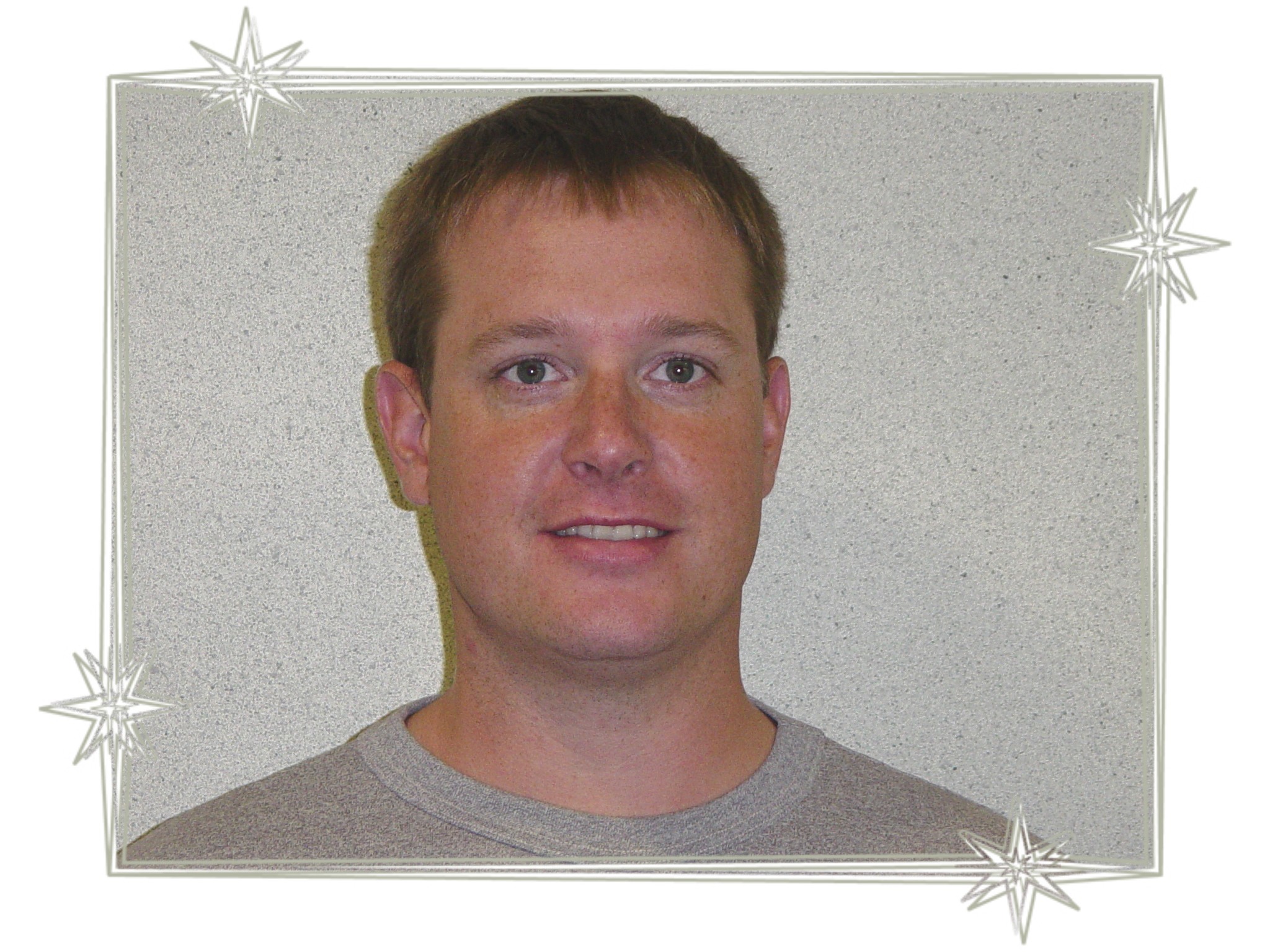
|
 |
---------------------------------------------------------------------------------------------------------
Namgyal Dolker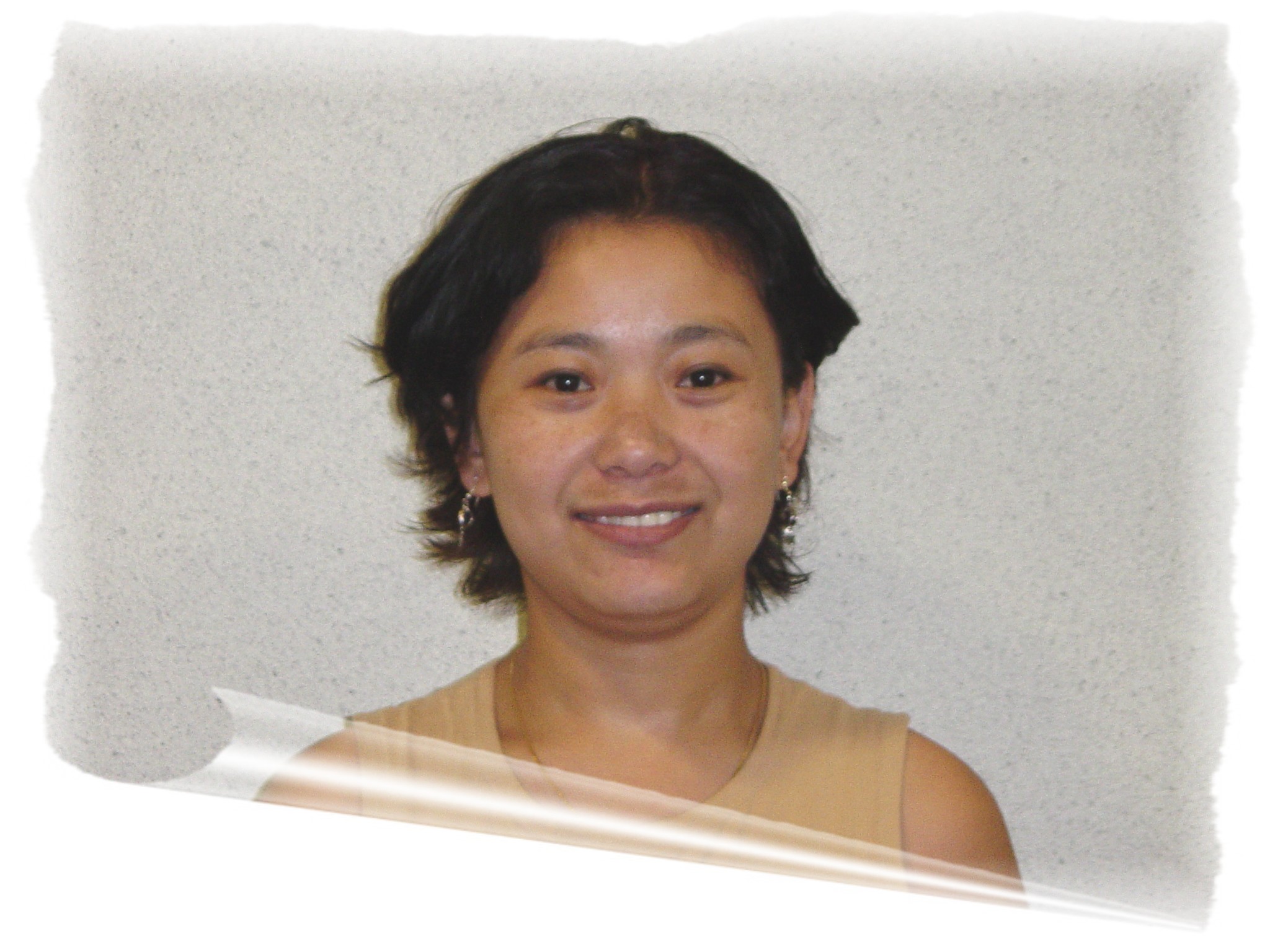 |
Activity 4: Delay and handoff mechanisms study at Layer 2 and Layer 3 when using MobileIPv4 With mobileIPv4 set up in the network topology as shown in the figure above, work was done in testing all the scenarios under to study layer 2 mobility. We narrowed our study on most probable cases and observed their characteristics. The most probable cases were
We mainly studied 3 scenarios of raoming from one subnet to another and they were
Under this part, we find that layer 2 delay accounts for major part of the overall delay which can be seen in the hand off delay between two access points with different SSIDs. Moreover with the untuned birdstep client the throughput was almost half that for the linux client. Set up: Different subnet, windows as mobile IP node running Birdstep mobile IP client in its default configuration. Different SSID, same channel with no encryption enabled. Wired Side capture for birdstep client indicated a redirection delay of 50.716170 seconds. On the wireless side: Total time delay seen for the same scenario and captured concurrently was 50.723 seconds. After the registration of the mobile client in the foreign network, it took less than 5 seconds for the data transfer to resume. Major portion of the delay was seen to be occurring on the layer 2 side of the handoff. Therefore the handoff was studied again in layer 2 to verify this.
WindowsXP client was used and the capture as seen on
the wired Side indicated a Time of 46 seconds which confirms the fact
that delay were more significant in layer 2 than in layer 3. To study
this further. |
---------------------------------------------------------------------------------------------------------
Aanak Patwa Vishal Mankotia
|
Actvity 5: Set up an IPV6 test bed using Linux routers to study the mechanisms at layer 2 and layer 3 during handoff using MobileIPv6 Developed an IPv6 test bed using Linux based routers from IPV6 freeware. On the Linux routers, we plan to install the home router module provided by Lancaster University, UK. The Lancaster University also provides the “Correspondent Node” software. Windows XP Professional has been used primarily to test Windows Support.
|
---------------------------------------------------------------------------------------------------------
| Actvity 6: QoS support in WLAN Modern 3G and wireless networks
have evolved to the point where they are now able to provide QoS to
mobile nodes. Current mobile users however find themselves confronted
with a dilemma when attempting to maintain connectivity while roaming
with mobile IP. The ability to map QoS capabilities of the wireless
networks to 3G QoS systems is critical to enable seamless roaming
across Next Generation Wireless Networks. Current research will be
focused on the DiffServ model and in particular on Per Hop Behaviors.
Specifically initial research will examine the combination of Expedited
forwarding and Assured Forwarding contained within the current DiffServ
framework. The combination of these current mechanisms will be mapped
to the four 3G QoS traffic classes: conversational, streaming, interactive,
and background. Combinations of subscript labeling within AF may also
be applied per Behavior Aggregate. |
John Sheftic
|